10 Best Herbal Creams For Infection

Herbal creams are natural topical treatments that utilize plant-based ingredients to alleviate symptoms of various infections, such as fungal, bacterial, or viral infections.
These creams often contain ingredients like neem, turmeric, aloe vera, and tea tree oil, which are known for their antimicrobial, anti-inflammatory, and healing properties. They are particularly popular among individuals seeking alternative or complementary therapies to conventional treatments. Herbal creams can help reduce redness, swelling, and discomfort associated with infections while promoting faster recovery.
However, it is important to consult a healthcare professional before using herbal creams, especially for severe or persistent infections, to ensure safety and effectiveness.
FREE Herb Drying Checklist
How to make sure every batch retains maximum flavor, color, and aroma without the risk of mold or over-drying. Eliminate guesswork and trial-and-error, making herb drying faster, easier, and more efficient every time.
Table of Contents
1. Aloe barbadensis
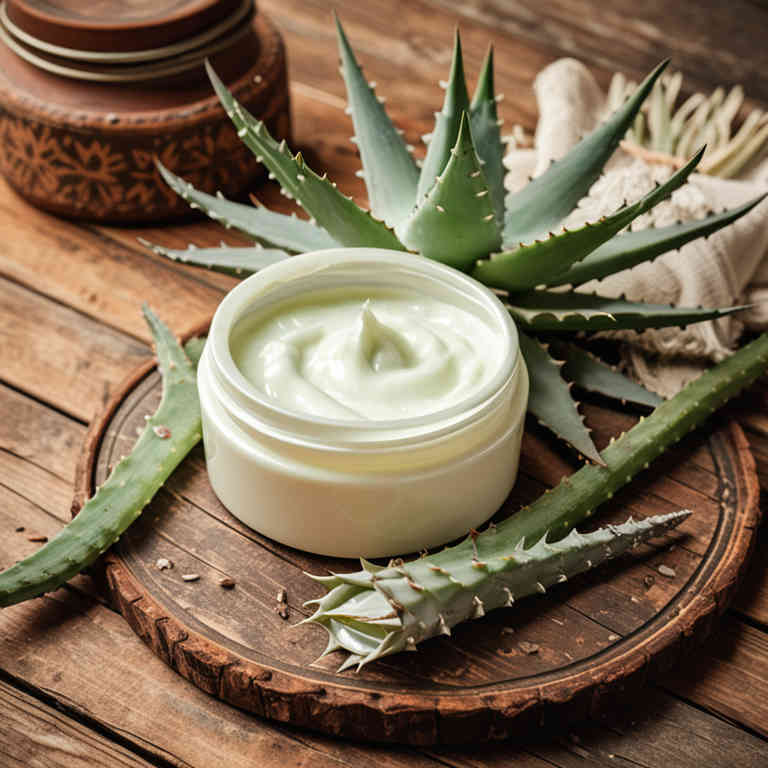
Aloe barbadensis, commonly known as aloe vera, is often used in herbal creams for its anti-inflammatory and antimicrobial properties, which can aid in the treatment of various infections.
These creams typically contain a concentrated form of aloe gel, which is extracted from the leaves of the aloe plant and is rich in vitamins, minerals, and antioxidants. The soothing and moisturizing effects of aloe vera make it particularly effective for soothing skin infections such as burns, eczema, and minor wounds. While it is generally considered safe for topical use, it is important to consult a healthcare professional before using aloe-based products for more severe or persistent infections.
Overall, aloe barbadensis herbal creams offer a natural alternative for supporting skin health and reducing the symptoms of certain infections.
2. Hypericum perforatum
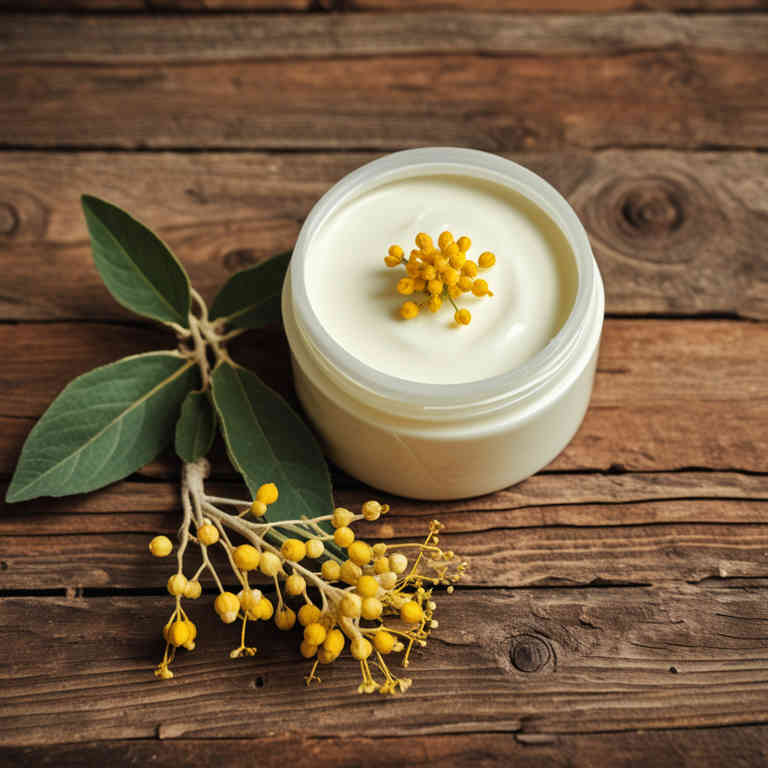
Hypericum perforatum, commonly known as St. John's wort, is a herb that has been traditionally used for its medicinal properties, including its potential to aid in the treatment of infections.
While it is more widely recognized for its use in managing mild to moderate depression, some studies suggest that the active compounds in St. John's wort, such as hypericin and hyperforin, may possess antimicrobial properties that could help combat certain bacterial and fungal infections. Hypericum perforatum herbal creams, which are formulated with extracts of the plant, are often used topically to support wound healing and reduce inflammation associated with skin infections. However, it is important to note that the effectiveness of these creams may vary, and they should not replace prescribed medical treatments for serious infections.
As with any herbal remedy, it is advisable to consult a healthcare professional before use, especially if you are taking other medications, due to potential interactions.
3. Calendula officinalis
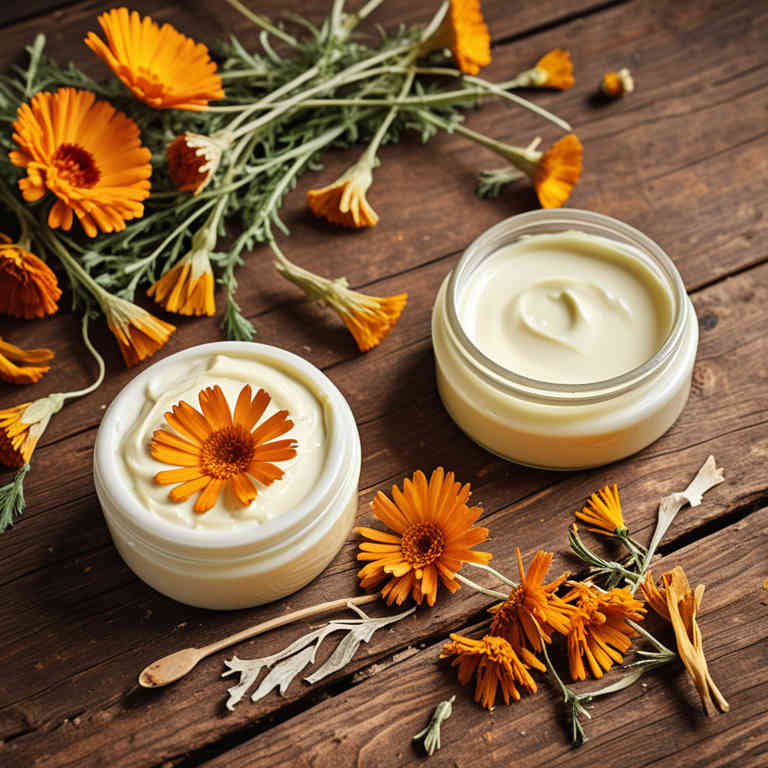
Calendula officinalis, commonly known as pot marigold, is a medicinal plant widely used in the formulation of herbal creams due to its anti-inflammatory and antimicrobial properties.
These creams are often applied topically to treat minor skin infections, such as fungal infections, bacterial wounds, and eczema. The active compounds in calendula, including flavonoids and triterpenes, help reduce redness, swelling, and promote skin healing. Herbal creams containing calendula officinalis are generally considered safe for most skin types, though they may cause mild irritation in some individuals.
Their natural composition makes them a popular choice for those seeking alternative or complementary treatments for skin infections.
4. Echinacea purpurea
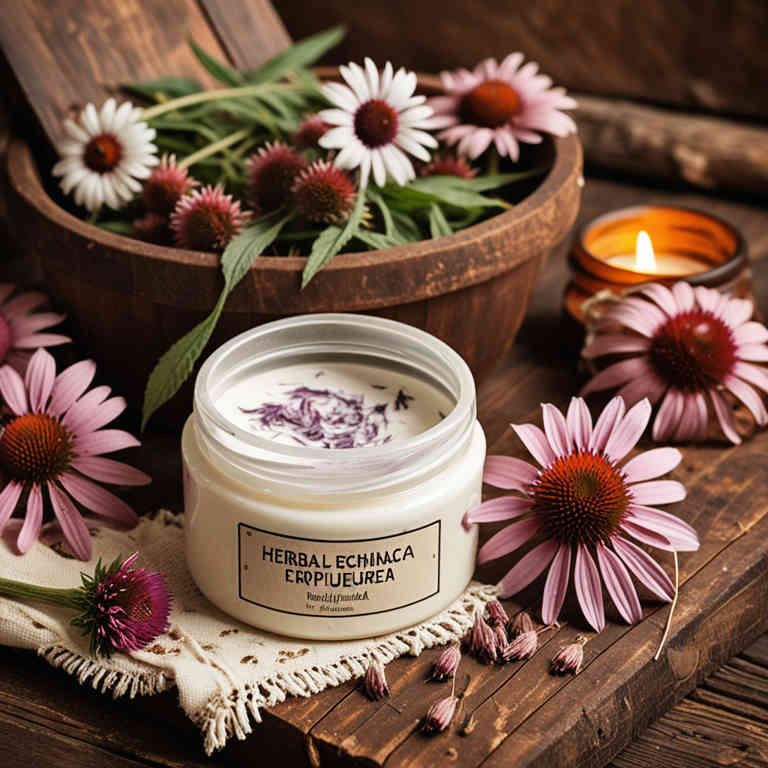
Echinacea purpurea, commonly known as purple coneflower, is a popular herbal remedy traditionally used to support the immune system and combat infections.
When incorporated into herbal creams, echinacea purpurea may help reduce inflammation and promote healing in minor skin infections or wounds. These creams often combine echinacea with other natural ingredients like beeswax, aloe vera, or essential oils to enhance their soothing and antimicrobial properties. While some studies suggest echinacea may have mild antiviral and antibacterial effects, its efficacy in treating infections is still being researched.
As with any herbal product, it is important to consult a healthcare professional before use, especially for individuals with allergies or those taking other medications.
5. Zingiber officinale
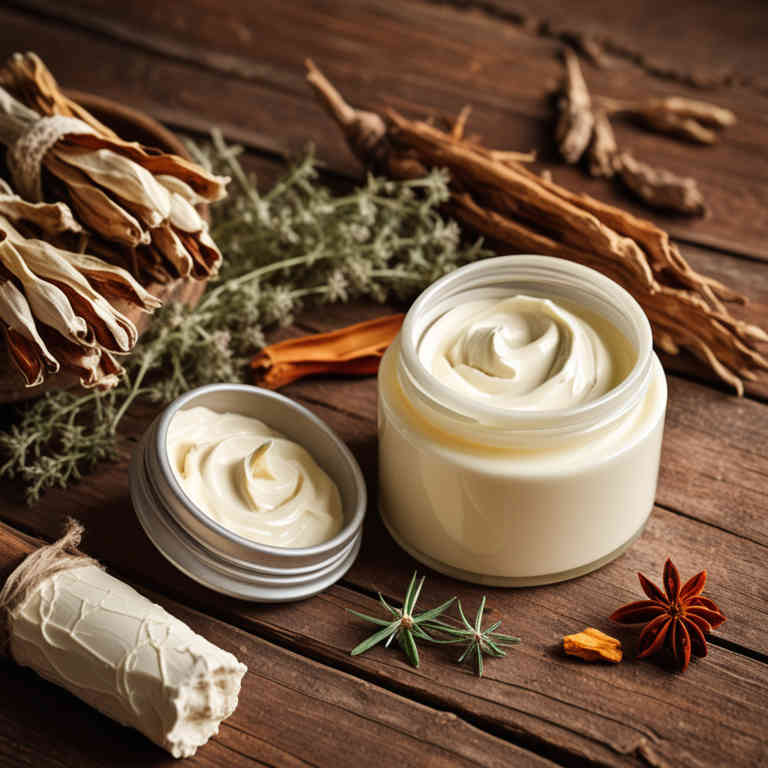
Zingiber officinale, commonly known as ginger, has been traditionally used for its anti-inflammatory and antimicrobial properties, making it a valuable ingredient in herbal creams for treating infections.
These creams often incorporate ginger extract to help reduce swelling, pain, and redness associated with skin infections such as bacterial or fungal infections. The active compounds in ginger, including gingerol and shogaol, are believed to inhibit the growth of harmful pathogens and promote healing. When applied topically, ginger-based creams can provide a natural alternative to conventional antiseptics and antibiotics.
However, it is important to consult a healthcare professional before using such creams, especially for severe or persistent infections.
6. Urtica dioica
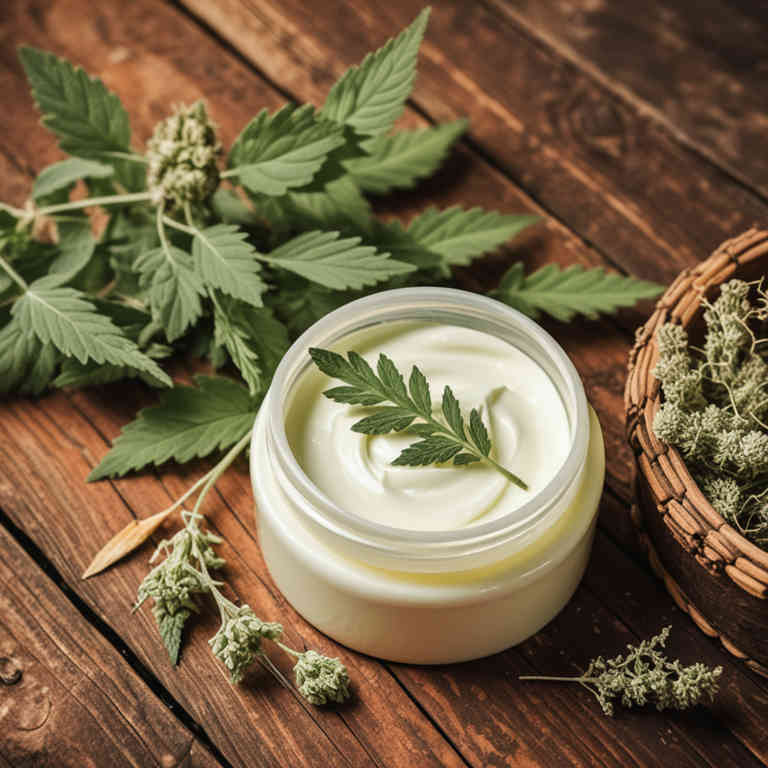
Urtica dioica, commonly known as stinging nettle, has been traditionally used in herbal medicine for its anti-inflammatory and antimicrobial properties.
When incorporated into herbal creams, Urtica dioica can help reduce symptoms of skin infections by soothing irritation and promoting healing. The plant contains compounds like histamine and formic acid, which may initially cause a stinging sensation but are believed to have therapeutic benefits. These creams are often used for conditions such as eczema, psoriasis, and minor bacterial infections due to their natural healing properties.
However, it is important to consult a healthcare professional before using Urtica dioica creams, especially for severe or persistent infections.
7. Salvia officinalis
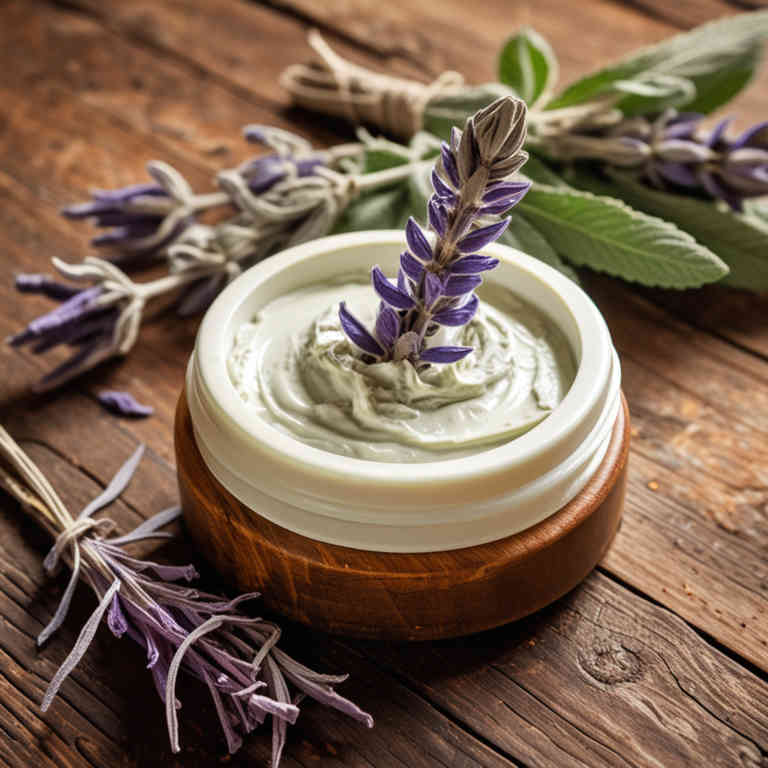
Salvia officinalis, commonly known as sage, has been traditionally used for its antimicrobial and anti-inflammatory properties, making it a valuable ingredient in herbal creams for infection treatment.
These creams often incorporate sage extract to help reduce bacterial growth and soothe inflamed skin, providing a natural alternative to conventional topical treatments. The essential oils in sage, such as thujone and cineole, contribute to its ability to combat infections and promote wound healing. When applied topically, sage-based creams can help alleviate symptoms of minor skin infections, such as fungal or bacterial infections, and support the body’s natural healing processes.
However, it is important to consult a healthcare professional before using these creams, especially for more severe or persistent infections.
8. Cinnamomum verum
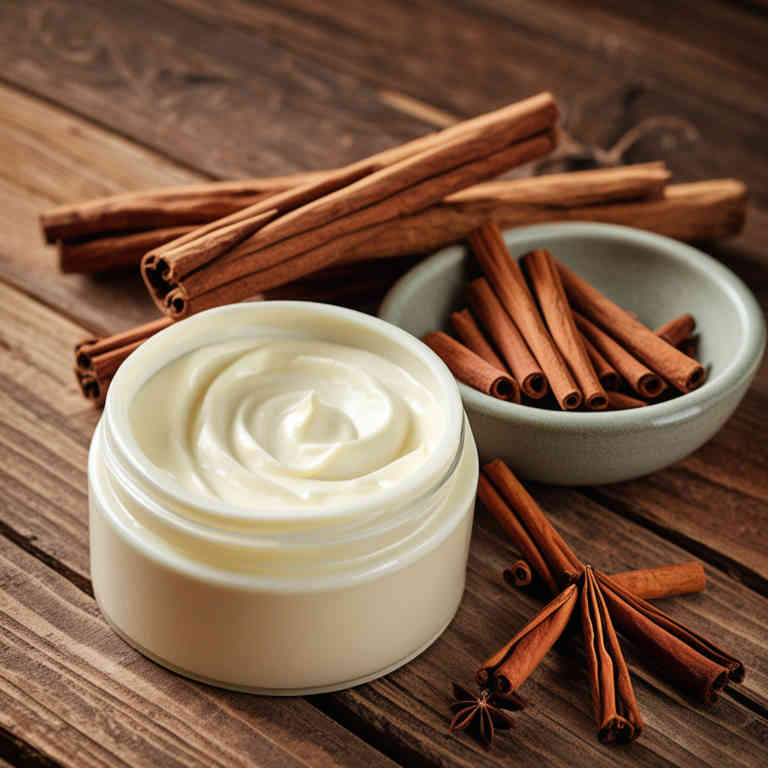
Cinnamomum verum, commonly known as true cinnamon, contains essential oils and phytochemicals that exhibit antimicrobial and anti-inflammatory properties, making it a valuable ingredient in herbal creams for treating infections.
These creams are often used topically to address skin infections, fungal outbreaks, and minor bacterial wounds due to the presence of cinnamaldehyde and eugenol, which have demonstrated efficacy against various pathogens. The natural warming effect of cinnamon can help improve blood circulation and promote healing in affected areas. However, it is important to ensure that the cream is properly formulated and tested for safety, especially for individuals with sensitive skin or allergies.
When used as part of a holistic approach, Cinnamomum verum herbal creams can offer a natural alternative to conventional treatments for certain types of infections.
9. Teucrium marum
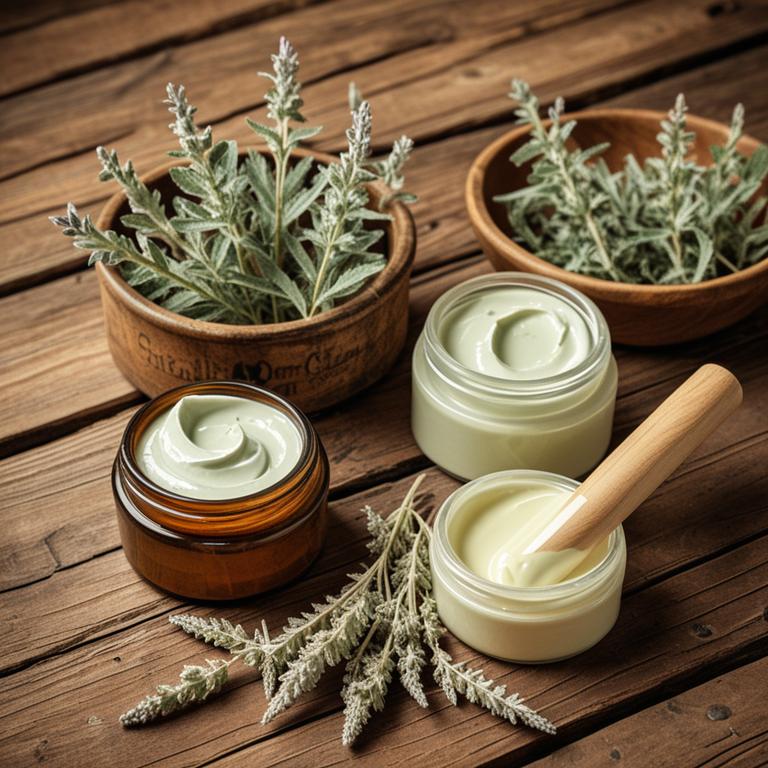
Teucrium marum, also known as germander, is a medicinal plant that has been traditionally used for its anti-inflammatory and antimicrobial properties.
Herbal creams infused with Teucrium marum are often formulated to target skin infections such as fungal infections, eczema, and minor bacterial infections due to the plant's active compounds like flavonoids and essential oils. These creams may help reduce redness, swelling, and itching associated with infected skin conditions. However, it is important to consult a healthcare professional before using Teucrium marum products, especially for severe or persistent infections.
While some studies suggest potential benefits, more scientific research is needed to fully understand its efficacy and safety in treating infections.
10. Sanguinaria canadensis
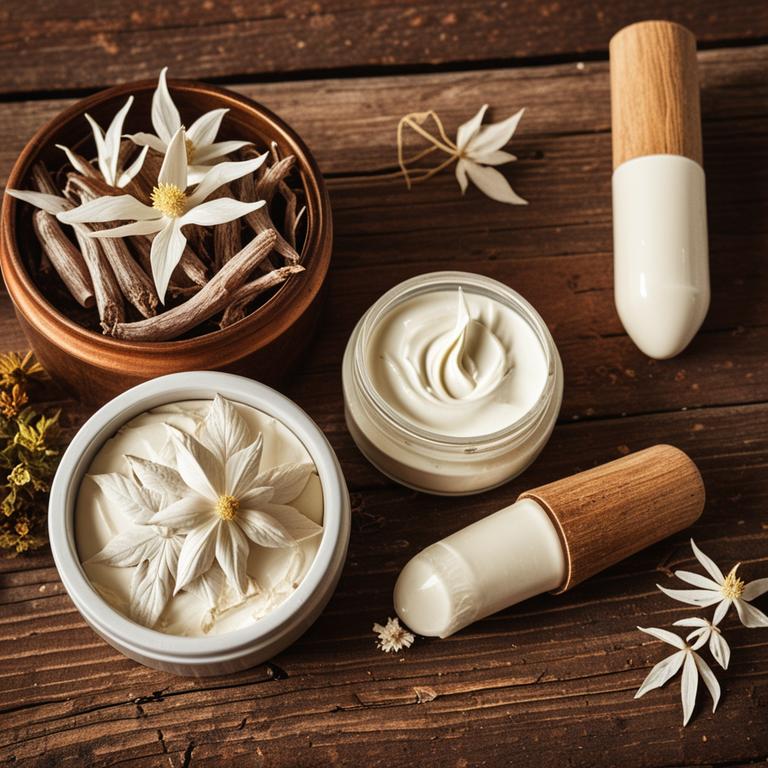
Sanguinaria canadensis, commonly known as bloodroot, has been traditionally used in herbal medicine for its antimicrobial and anti-inflammatory properties.
When incorporated into herbal creams, it may help in the treatment of skin infections by reducing bacterial growth and promoting healing. These creams often combine bloodroot with other herbal ingredients such as calendula or echinacea to enhance their therapeutic effects. However, due to its potent nature, bloodroot should be used with caution and under the guidance of a qualified herbalist or healthcare provider.
While some studies suggest potential benefits, more research is needed to fully understand its efficacy and safety in treating infections.